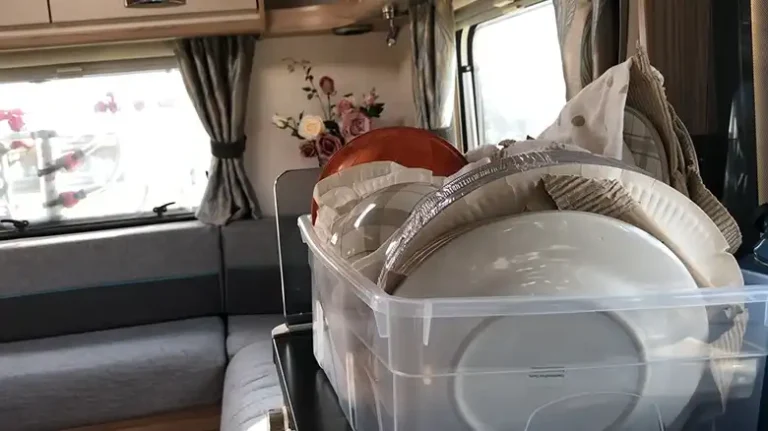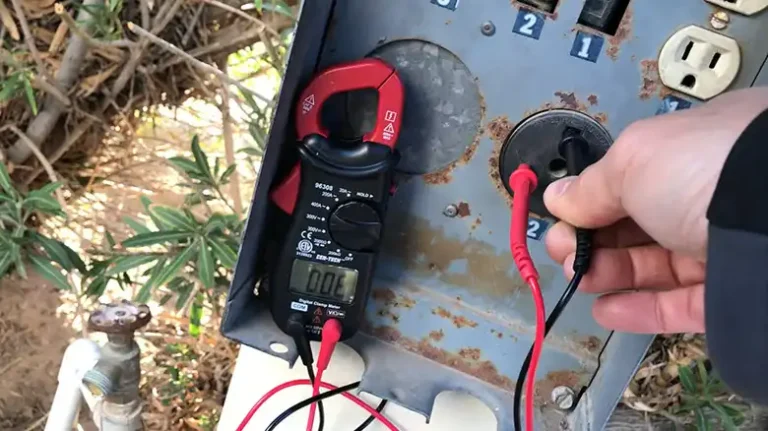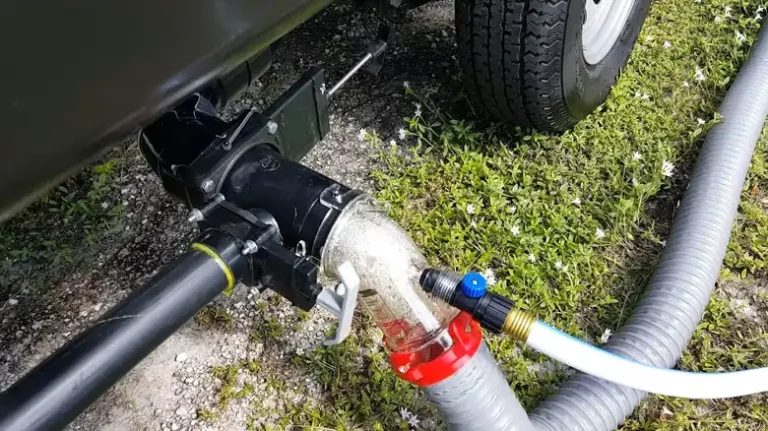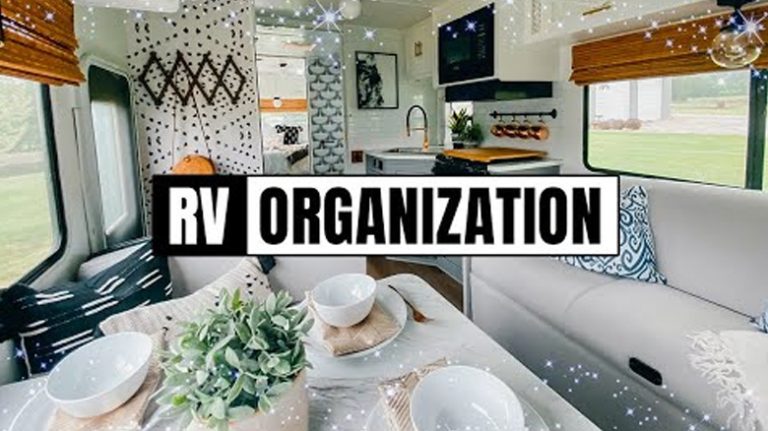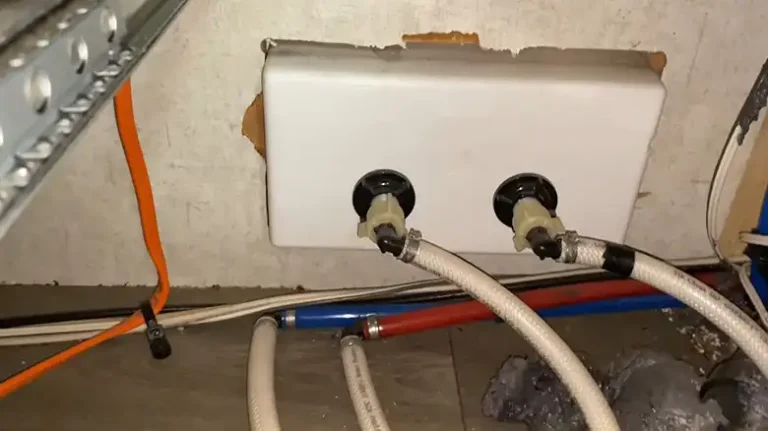Can You Trickle Charge an RV Battery While It Is Connected?
Do RV batteries keep charging when they’re already installed and wired up in your camper? Can you just leave them hooked up and plugged into shore power without worrying about problems? These are common questions for RV owners seeking to maintain their batteries while avoiding unnecessary work.
The good news is that with modern electronic battery chargers built into most RVs, there’s no need to disconnect your camper batteries for charging. Automatic multi-stage charging systems do the work for you, continuously adjusting current levels to keep your batteries topped off. This not only maintains battery life when plugged in long-term but leaves them fully prepped for boondocking adventures off-grid.
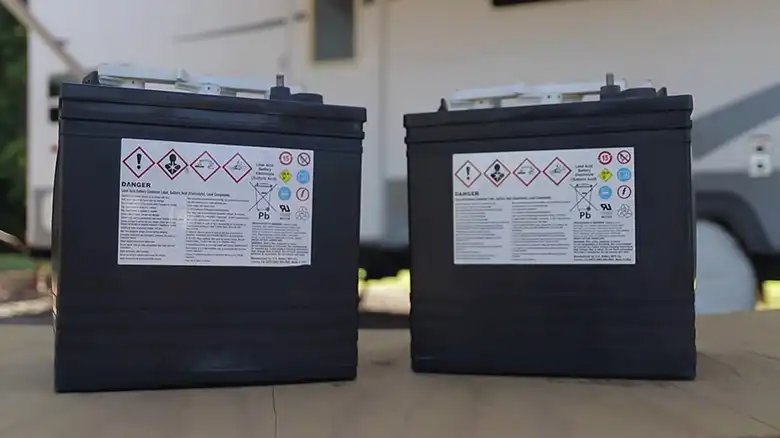
Is It Possible to Trickle Charge an RV Battery While It Is Connected?
Most modern RVs have advanced “smart” converter/charger systems that make trickle charging a connected battery simple and hands-off. These systems track battery voltage and only provide a trickle charge when the batteries drop below a full state of charge. As soon as the batteries are topped off, the charger switches back to float mode to prevent overcharging. This allows safe, long-term charging while the battery remains hooked up to the RV’s distribution center.
Why Would You Trickle Charge an RV Battery?
The main reason to trickle charge an RV battery is to maintain its charge over long storage periods when shore power is available. This helps prevent discharge from passive loads and keeps the batteries at peak voltage. Trickle charging is also useful when dry camping to maximize charge recovery from alternating loads. It can correct any imbalances between series-connected batteries.
Is It Safe to Leave an RV Plugged In?
It is generally safe to leave a modern RV plugged into shore power for charging purposes. The onboard charging system manages voltage delivery to avoid battery overheating or overcharging. Older RV electrical systems may lack automatic regulation, however, making long-term plug-ins less reliable. Monitoring the battery state and using proper maintenance chargers is recommended.
Does an RV Battery Charge When Plugged In?
When an RV is hooked up to shore power, its battery bank can receive charging current provided certain conditions are met. The first necessity is that the master battery disconnect switch is turned to the “on” position, closing the circuit between the battery bank and the RV electrical system. If this disconnect switch is left off, no charge will reach the batteries even when plugged in.
Additionally, the shore power source must supply adequate current beyond what is being used to operate other loads in the RV at the time. RV electrical systems are typically rated for 30 to 50 amps, allowing simultaneous powering of multiple appliances with excess current directed through the converter/charger to replenish battery charge. If the shore power is overwhelmed by the drain of electrical devices in the RV, battery charging will not effectively take place.
Finally, the charging system itself must be fully functional in order to process shore power and feed current to batteries. Malfunctions in the converter or charge controller will interrupt this process. So in summary – with batteries connected, available excess shore power, and operational charging electronics, plugging the RV into an outlet will allow the battery bank to recharge.
How to Trickle Charge a Connected Battery
The most convenient method of trickle-charging an RV battery while it remains actively connected is through the vehicle’s built-in converter/charger system. These electronic units have evolved into sophisticated, multi-stage devices that can safely maintain batteries at optimal charge levels automatically. They work by first going through bulk charging when shore power is initially connected, rapidly restoring a majority of the battery capacity. This is followed by absorption charging which tops off the remainder of the charge while avoiding heating or fluid loss in the process.
Once peak voltage is achieved, the converter switches to float mode, which provides a steady, low-level current stream to counteract inherent battery self-discharge over time. In this way, batteries are continually recharged in a safe manner without user intervention. Since the process is finely tuned to the batteries’ needs, removing or disconnecting them is typically unnecessary for routine charging purposes. For owners of older RVs lacking automatic multi-stage charging, portable maintainer chargers can similarly provide automatic float charging without the risk of overcharging.
So, most RV converter/chargers have a built-in 3-stage charging system with float/trickle mode for connected batteries –
a) Bulk charge stage rapidly charges to ~80% capacity
b) The absorption stage charges fully to 100%
c) The float stage maintains a full charge with a trickle current
This allows safe trickle charging tailored to the battery’s needs without overcharging. Separate maintainer chargers can also provide automatic float charging. Disconnecting batteries is generally not necessary for routine charging.
Using a Battery Disconnect Switch for Trickle Charging RV Batteries
RV battery disconnect switches primarily enable two important functions relating to safe battery storage and charging – disconnection during long inactive periods and isolation during electrical maintenance. During lengthy spans of storage without available shore power or solar charging, keeping batteries physically disconnected via the switch drastically reduces drain from small passive loads through the system. It also protects the resting voltage from gradual self-discharge over time. However, the disconnect switch itself does not directly control the specific charging mode the RV system uses.
The other benefit of a disconnect switch is the ability to totally isolate the battery bank from the electrical system when servicing wiring, converters, appliances, and so on. Cutting power to components reduces the severe shock and short circuit hazard that arises when handling live circuits. Once service is complete, the batteries can be reconnected via the switch to once again receive charge current from the RV’s charging equipment or shore power. So while the switch plays no role in regulating trickle charge engagement, it facilitates secure storage and maintenance for the RV’s batteries and electrical system as a whole.
Charging RV Batteries Without a Built-In Charger
For RVs lacking a suitable converter/charger, standalone solar controllers provide automated battery maintenance. They regulate power from solar panels or other DC sources to keep batteries topped off with float/trickle charging. This maintains batteries at full charge without direct shore power while in storage.
General Battery Safety Tips for Trickle Charging
To safely trickle charge RV batteries:
- Only charge batteries within the proper temperature range, usually 32-120°F.
- Match chargers to battery chemistry – lead-acid, lithium-ion, etc.
- Check water levels and prevent corrosion in flooded batteries.
- Disconnect battery terminals before storage periods exceeding 1 month.
- Avoid overcharging old batteries without regulation systems.
Following basic battery and electrical safety goes a long way!
Final Thought
Trickle charging an RV battery while it remains hooked up and onboard is convenient and safe with the proper precautions. Modern electrical systems make the process automatic, delivering just enough current to correct small voltage drops without overcharging. Maintaining batteries at peak capacity reduces load strain while supporting dry camping reliance. By supplementing automatic chargers with good maintenance, RV batteries can enjoy longer lifetimes.
People Also Ask
How to extend RV battery life?
Fully recharge after each trip, use proper float charging while plugged into shore power, equalize flooded batteries periodically, check connections, clean terminals, and avoid deep discharges.
Can I leave my RV battery on trickle charge?
Yes, automatic RV converters/chargers often include trickle charge mode to safely maintain a full battery indefinitely while plugged in. Always check electrolyte levels in flooded batteries.
How long to trickle charge a dead battery?
It depends on the charger, but trickle charging a fully dead lead-acid battery can take 12 hours or longer. However, most RV chargers first use bulk/absorption modes to quickly recover capacity before switching to a trickle.

